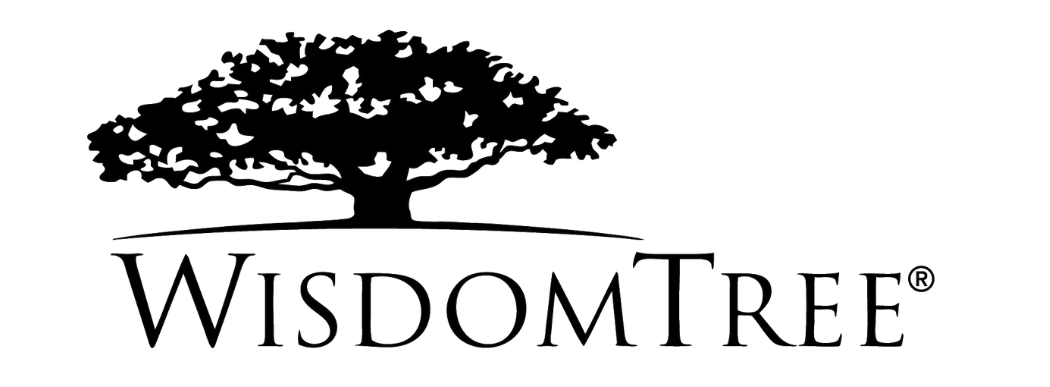Like Santa pulling a last forgotten present from the bottom of his sack, ETF Stream is delighted to bring you some of the key takeaways from the past 12 months, a year which has stretched many people's nerves more than any other since the financial crisis and one which left us, in December, nervously eyeing which way the markets would turn in the months ahead. But before we peer too far into the future, what can we learn from the year just gone?
Tech enabled
So, the key takeaways from 2018? Well, how about Uber Eats? Or Deliveroo? Or even JustEat? OK, so this is being facetious but the point I'm making is that tech-enabled - as much as pure tech - has been a major investment theme from 2018 as much in the world of ETFs as in the broader financial landscape. One major change was directly related to the world of indexes as S&P made major changes to its telecommunications services sector classification and rebranded it 'communications' meaning the sector could add such luminaries as Facebook, Alphabet, Netflix and Walt Disney. Now, given the poor performance of particularly Facebook in the past year, investors in new funds such as Invesco's Communications S&P US Select Sector UCITS ETF might be wary of hailing the move. Yet it does demonstrate the flexibility of ETFs to change with the times, and go with the flow of the index providers.
Add A to I
More definitively tech-based ETFs haven't been hard to find this year either. Back in March, ETF Stream interviewed Richard Lightbound from ROBO-Global which is the 'brains' behind ETF Securities' $904m Robo Global Robotics and Automation GO UCITS ETF. AI has also been a bubbling theme for this year. In September we have Lyxor's Robotics & AI UCITS ETF and towards the end of the year we have two pieces of news of interest. First, WisdomTree announced a new fund designed to track developments in the space. More intriguingly, matching up tow major trends for the year, Ossiam announced at the end of the year an ESG fund where the selected equities will be chosen using a machine-learning algorithm that can rank companies according to data-based criteria. Now, using AI to help pick the constituents within any given fund or index really is a leap into the future. Is the future of fund management AI robots competing for the best investment opportunities?
The big get bigger
The consolidation trend continued into this year. In July, Lyxor bought Commerzbank's ETF arm while also in the summer VanEck completed its ThinkETF acquisition. After that deal was consummated, ETF Stream spoke to Martijn Rozemuller, the ex-Think chief who now heads up VanEck in Europe and he certainly feels there will be further consolidation in Europe. "I do believe that the European ETF space will become even more competitive and for some players that could mean M&A activity."
Small is beautiful
As with the grand evolutionary struggle, big doesn't always necessarily mean better. One major story with ETF Stream this year has been the launch of HANetf which now has three funds up-and-running with two clients and looks set to add new names next year. Hector McNeil, co-chief executive at HANetf, said that his company is now proving that traditional asset managers can compete in the realm of ETFs even without any experience of the market. "The growth rate in European ETFs, which topped 40% in 2017, has meant that many traditional asset managers are now looking to develop their own ETF strategy to participate in this high-octane story," he told ETF Stream in October.
Active in trouble
The UK's Investment Association put the cat among the active manager pigeons at the start of December when it announced a consultation on whether to include ETFs within its fund sectors and should ignore the complaints of the active sector, according to commentators and ETF industry insiders. The move was criticised is some quarters - mainly among the active managers of the world it should be said - who suggested without irony that by including passive funds, many of their own 'active' offerings would suffer the ignominy of funding themselves in the third and fourth quartile. Shurely shome mishtake? say the active managers. Not so, say the passive managers who have been railing against the active world's years of underperformance. This is a debate which will run and run, right into the next market downturn and beyond. But our best guess is that, should passive funds fare better after the next market slump, then like the newly-minted Banksy in Port Talbot, the writing will be on the wall for those 'in-active actives.'







